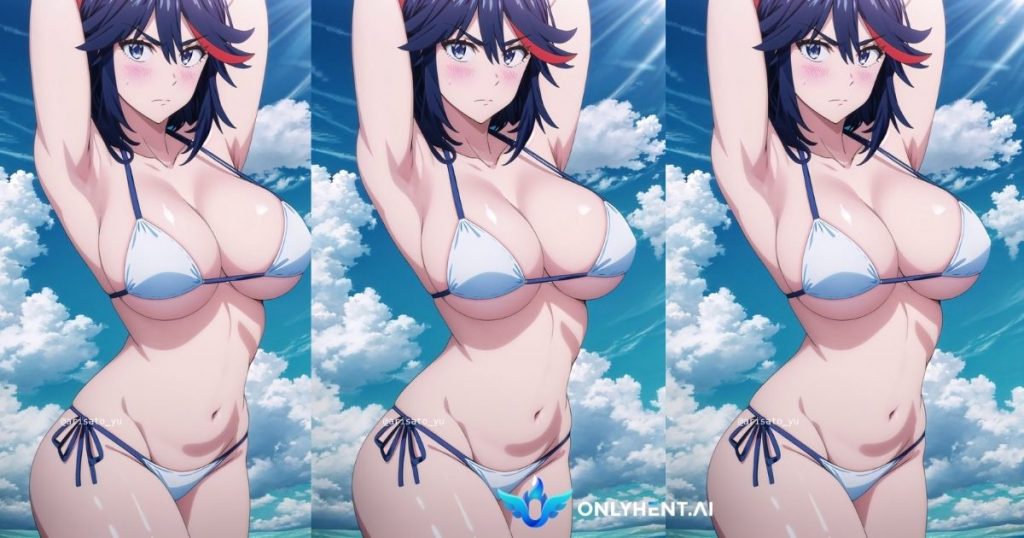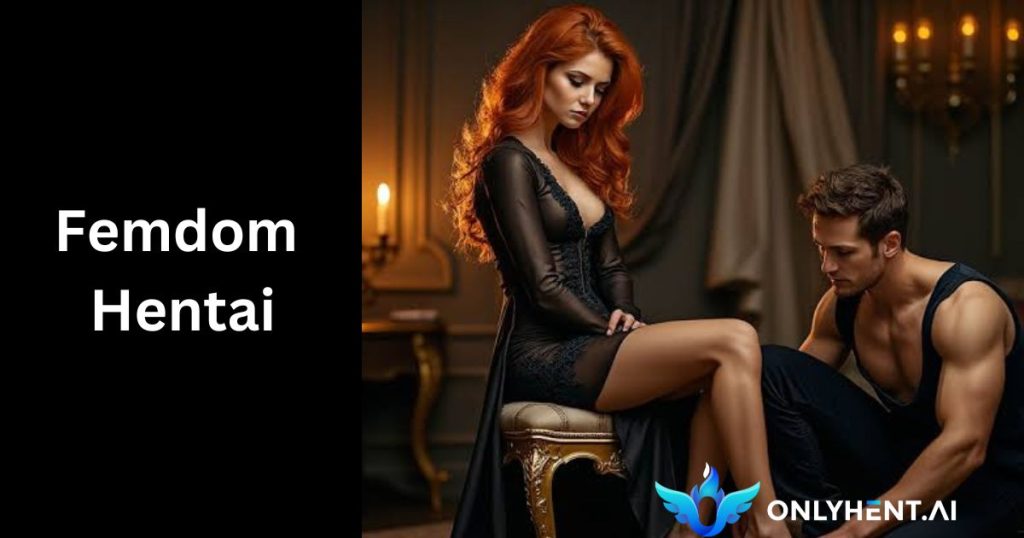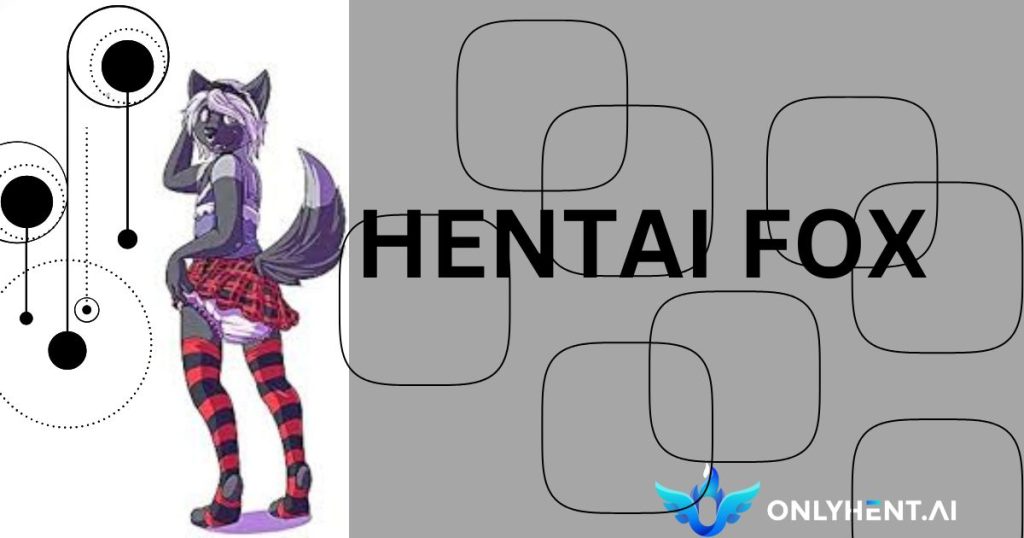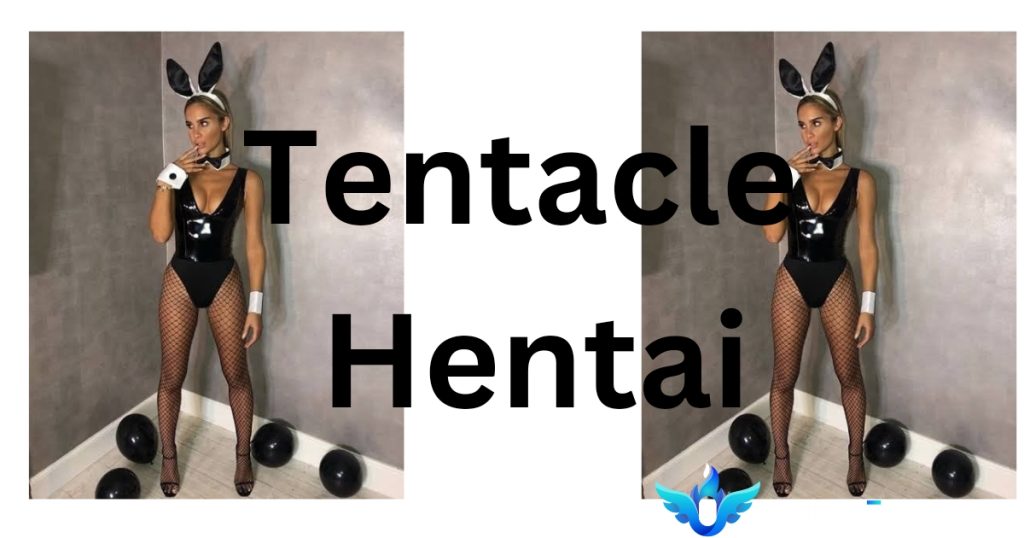Noir Stable Diffusion: A New Era of Image Generation
Stable Diffusion represents a significant leap in the field of image generation models. It harnesses the power of advanced machine learning to interpret and visualize textual prompts, transforming them into detailed and compelling images. This technology enables a high degree of creativity and flexibility, allowing users to explore a wide range of artistic styles and themes through simple text descriptions.
Defining Noir in Visual Arts and Image Generation
Noir, in the context of visual arts and image generation, refers to a style that is deeply rooted in atmosphere and mood. It conjures images of shadowy settings, high-contrast lighting, and a sense of mystery or tension. Originally a staple of mid-20th-century cinema, noir has since transcended its filmic origins to influence various artistic mediums, including digital art created with tools like Stable Diffusion.
The aim of this article is to guide readers through the process of creating effective Noir Stable Diffusion prompts. It seeks to provide practical advice and insights for artists and enthusiasts alike, enabling them to harness the full potential of Stable Diffusion for crafting images that embody the classic noir aesthetic. Through this exploration, readers will gain the skills to navigate the nuances of noir-themed digital art, enhancing their creative repertoire in the evolving landscape of AI-driven image generation.
Understanding Noir Aesthetics
Historical Roots of Noir in Film and Art
To appreciate the essence of Noir Stable Diffusion prompts, it’s crucial to delve into the historical roots of noir aesthetics. Noir, which is French for “black,” originated in the world of film during the 1940s and 1950s. This cinematic movement was characterized by its dark, brooding themes, often revolving around crime, deception, and moral ambiguity. The genre’s visual style emerged as a reflection of the post-war disillusionment and anxiety of the time.
In the realm of visual arts, noir transcended its cinematic origins to influence various forms of expression, from photography to painting. Artists found inspiration in the stark contrast between light and shadow, a hallmark of noir aesthetics. This historical backdrop serves as a foundation for understanding the visual cues and themes that Noir Stable Diffusion prompts aim to capture.
Key Characteristics of Noir Aesthetics
Noir aesthetics encompass a distinctive set of characteristics that define its visual identity. In terms of color palettes, noir gravitates towards monochromatic schemes, often dominated by deep blacks, grays, and stark whites. This interplay of light and darkness creates a sense of tension and drama, a hallmark of noir imagery.
Mood plays a pivotal role in noir aesthetics. It’s characterized by a pervasive sense of melancholy, foreboding, and moral ambiguity. Noir stories frequently explore themes of crime, betrayal, and the human psyche’s darker facets. These elements work in harmony to construct narratives and imagery that captivate audiences and evoke emotional responses.
The Relevance of Noir in Modern Digital Art and Image Generation
While the noir genre originated in the mid-20th century, its relevance endures in modern digital art and image generation, including the realm of Noir Stable Diffusion prompts. Digital artists and AI enthusiasts are drawn to the timeless appeal of noir aesthetics. The ability to manipulate light, shadow, and mood aligns perfectly with the capabilities of image generation models like Stable Diffusion.
In the digital age, noir-inspired art has found new life, with artists exploring novel ways to merge traditional noir elements with contemporary themes. Noir Stable Diffusion prompts offer a unique opportunity to seamlessly blend the classic noir atmosphere with innovative, AI-driven techniques. This fusion enables artists to create captivating visual narratives that resonate with both nostalgia and cutting-edge creativity, making noir a relevant and enduring style in the modern era of digital art.
Basics of Stable Diffusion
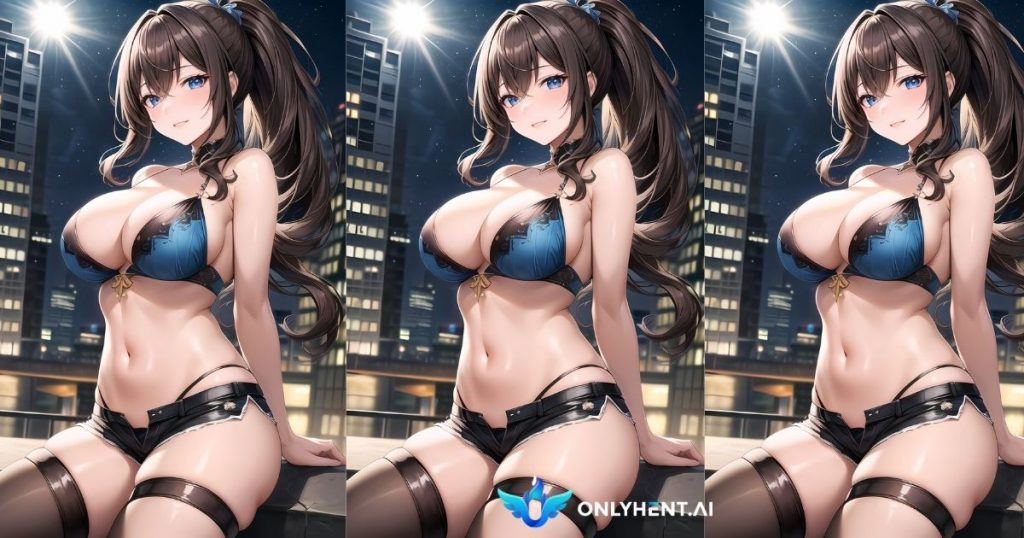
Overview of How Noir Stable Diffusion Works
Noir Stable Diffusion prompts leverage cutting-edge technology to bring textual descriptions to life in the form of striking visual imagery. At its core, Stable Diffusion is a machine learning model that operates by deciphering and translating text inputs into images. It achieves this through a complex neural network architecture that has been meticulously trained on vast datasets of diverse visuals.
When crafting a Noir Stable Diffusion prompt, users provide a textual description that serves as the creative seed for the image generation process. This description acts as a blueprint, guiding the model in understanding the desired elements, mood, and style associated with the noir aesthetic. The model then utilizes its learned knowledge to create an image that aligns with the provided prompt, effectively translating words into visuals.
Importance of Choosing the Right Prompts
The choice of prompts in Noir Stable Diffusion holds significant sway over the resulting images. Selecting the right prompts is akin to setting the artistic direction for the image generation process. For those seeking to create noir-themed visuals, the prompts become a crucial element in conveying the mood, setting, and narrative of the desired image.
The prompts should be thoughtfully composed to encapsulate the essence of noir aesthetics. By incorporating keywords and phrases associated with noir, such as “shadowy alley,” “mysterious figure,” or “dimly lit street,” users can steer the model toward generating imagery that mirrors the classic elements of noir. The importance of selecting the right prompts cannot be overstated, as they serve as the bridge between the user’s creative vision and the capabilities of the Stable Diffusion model.
The Role of Text Descriptions in Guiding Image Generation
Text descriptions play a pivotal role in the image generation process facilitated by Noir Stable Diffusion prompts. They serve as the primary means of communication between the user and the model. By providing detailed and evocative descriptions, users can effectively convey their artistic intentions and preferences to the model.
In the context of noir-themed prompts, text descriptions are instrumental in setting the stage for the desired visual narrative. Users can use descriptive language to articulate the noir mood, such as “ominous shadows,” “detective in a fedora,” or “rain-soaked streets.” These textual cues guide the model in crafting imagery that encapsulates the dark and enigmatic ambiance associated with noir aesthetics. Thus, the role of text descriptions in Noir Stable Diffusion prompts is to bridge the gap between creative intent and AI-generated artistry, ensuring that the resulting images align with the noir vision.
Crafting Effective Noir Prompts
Essential Elements of a Noir Prompt: Setting, Mood, Subjects
Creating an effective Noir Stable Diffusion prompt requires careful consideration of three essential elements: setting, mood, and subjects.
Setting: The setting forms the backdrop of the image and is integral to the noir atmosphere. It can be a dimly lit alley, a rainy cityscape, or a mysterious, candlelit room. The choice of setting should align with the noir genre’s preference for shadowy and enigmatic environments.
Mood: Mood is the emotional tone of the image. In the context of noir, it often leans towards melancholic, suspenseful, or even sinister. The mood should be conveyed through descriptive terms such as “haunting,” “tense,” or “foreboding.”
Subjects: Subjects are the characters or objects that populate the image. Noir often features detectives, femme fatales, and elements like cigarettes, trench coats, and vintage cars. Including relevant subjects in the prompt helps define the narrative and style.
Examples of Effective Noir Prompts for Stable Diffusion
“Amidst the inky darkness of a rain-soaked alley, a detective in a fedora stands beneath a flickering streetlight, casting long shadows.”
“In a smoky jazz club, a sultry femme fatale sits at a dimly lit table, bathed in the soft glow of a nearby stage.”
“A lone figure walks through the misty streets of a noir city, the neon signs reflecting off wet pavements.”
“Inside a vintage detective’s office, a desk cluttered with case files and a half-empty bottle of bourbon sets the scene.”
“In a moonlit park, a mysterious rendezvous unfolds as a shadowy figure hands over an envelope beneath a gnarled tree.”
Tips for Balancing Specificity and Creativity in Prompts
Balancing specificity and creativity in Noir Stable Diffusion prompts is key to achieving the desired results:
Specificity: Be specific enough to guide the model but avoid overly rigid descriptions. Instead of saying “Detective John Smith,” opt for “A trench-coated detective.” This allows room for the model’s creativity.
Creative Language: Incorporate evocative and creative language to infuse mood into the prompt. Use adjectives like “murky,” “smoldering,” or “intrigue-filled” to convey the desired atmosphere.
Narrative Hints: Drop subtle narrative hints in the prompt to spark storytelling. Phrases like “a secret exchange” or “a looming threat” can inspire the model to generate narrative-rich visuals.
Experimentation: Don’t hesitate to experiment with prompts. Varying the setting, mood, or subjects can yield diverse results within the noir theme.
By striking a balance between specificity and creativity, artists can effectively craft Noir Stable Diffusion prompts that provide the model with the necessary guidance while leaving room for artistic interpretation. This approach ensures that the generated images capture the essence of noir aesthetics while offering a touch of creative surprise.
Color and Lighting in Noir Imagery
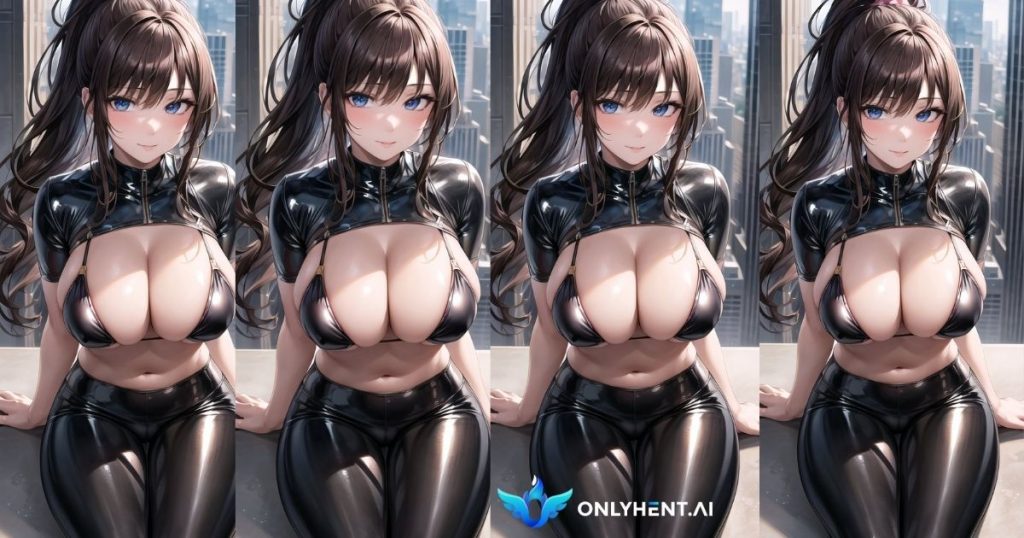
The Significance of Color Choices in Noir-Themed Images
In the world of noir-themed imagery, color choices play a pivotal role in conveying the mood and atmosphere. Noir Stable Diffusion prompts aim to capture the essence of noir aesthetics, which often gravitates towards a limited and carefully selected color palette. The significance of these color choices lies in their ability to evoke specific emotions and set the tone for the image.
Noir images are renowned for their high-contrast compositions, where deep blacks and stark whites dominate the visual spectrum. The interplay of light and shadow in these images is heightened by the strategic use of color. By adhering to a restricted color palette, such as grayscale with occasional accent colors, Noir Stable Diffusion prompts can effectively emulate the classic noir look. This deliberate choice of colors adds depth to the image, intensifies the mood, and immerses viewers in the enigmatic world of noir.
How to Use Lighting and Shadows Effectively in Noir Prompts
Lighting and shadows are central elements in noir aesthetics, and their effective use is paramount in crafting compelling Noir Stable Diffusion prompts. Lighting sets the stage for drama and mystery, while shadows add layers of complexity and depth to the imagery.
In noir-themed prompts, it’s essential to describe the lighting conditions in a way that enhances the noir atmosphere. Phrases like “harsh, diagonal lighting” or “subtle, chiaroscuro illumination” can guide the model in creating the desired lighting effects. The interplay of light and shadow should be described with precision, emphasizing the stark contrasts that define noir visuals.
Shadows, in particular, are integral to noir imagery. They can conceal or reveal key details, create intrigue, and emphasize the enigmatic nature of the scene. Noir Stable Diffusion prompts should incorporate shadowy elements that evoke the classic noir look, such as “long shadows stretching across an empty street” or “mysterious figures lurking in the darkness.”
Techniques for Achieving Classic Noir Visual Effects with Stable Diffusion
Achieving classic noir visual effects with Stable Diffusion prompts requires a nuanced approach. Artists and creators can experiment with various techniques to capture the essence of noir:
Contrast Enhancement: Emphasize the contrast between light and dark areas in the prompt to guide the model in creating high-contrast visuals.
Descriptive Language: Use descriptive language to convey the play of light and shadow, as well as the specific lighting sources in the scene.
Highlighting Key Elements: Highlight key elements in the prompt that should be bathed in dramatic lighting or concealed in shadows to create suspense.
Accent Colors: Occasionally introduce accent colors to draw attention to specific details or objects in the image, adding visual interest while maintaining the noir aesthetic.
By leveraging these techniques in Noir Stable Diffusion prompts, creators can effectively replicate the classic noir visual effects that define the genre. This allows for the generation of compelling and evocative noir-themed images that captivate the viewer’s imagination.
Storytelling Through Noir Imagery
Incorporating Narrative Elements in Noir Prompts
Noir Stable Diffusion prompts offer a unique opportunity to infuse storytelling elements into the imagery. The noir genre is renowned for its gripping narratives filled with mystery, suspense, and drama. When crafting noir prompts, it’s essential to incorporate narrative elements that guide the model in creating images that tell a compelling story.
Incorporating narrative elements can be as simple as describing a character’s actions or interactions within the scene. For example, phrases like “a detective examining a cryptic note” or “a clandestine meeting in a dimly lit alley” provide context and narrative direction to the model. These elements serve as storytelling cues that help the generated image convey a sense of intrigue and engagement.
Using Imagery to Convey Mystery, Suspense, and Drama
Noir imagery is inherently suited to convey mystery, suspense, and drama, and Noir Stable Diffusion prompts should harness this potential. The choice of descriptive language and imagery in the prompts can evoke a sense of anticipation and tension, drawing viewers into the narrative.
Imagery that conveys mystery often involves obscured or partially hidden elements, encouraging viewers to unravel the secrets within the image. For instance, prompts describing “a shadowy figure in a trench coat emerging from the fog” or “a closed door with a single beam of light piercing through” stimulate curiosity and intrigue.
Suspense can be achieved by describing moments frozen in time, leaving viewers on the edge of their seats. Phrases like “a gunshot frozen in mid-air,” “a tense standoff in a dimly lit room,” or “a chase down a rain-soaked alley” create a palpable sense of suspense within the prompt.
Drama in noir prompts can be introduced through descriptions of intense emotions, conflicts, or pivotal moments. Examples include “a heated confrontation between two characters under a flickering streetlight” or “a desperate escape through a maze of narrow alleyways.”
Examples of Narrative-Driven Noir Images Created with Stable Diffusion
Narrative-driven noir images generated through Stable Diffusion prompts can be captivating and immersive. For instance, a prompt describing “a detective uncovering a hidden message in a dusty attic” may result in an image that portrays a detective illuminated by a single, dim light bulb, surrounded by old, dusty boxes and a mysterious message scrawled on a tattered piece of paper.
Another prompt, “a femme fatale exchanging a secret package with a mysterious stranger in a moonlit park,” could yield an image of a femme fatale in a trench coat, her face half-shrouded in darkness, exchanging a small package with a shadowy figure under the soft glow of a moon.
These examples demonstrate how Noir Stable Diffusion prompts can effectively translate narrative elements into visually engaging imagery, allowing creators to craft noir-themed visuals that immerse viewers in captivating stories of mystery, suspense, and drama.
Advanced Techniques and Experimentation
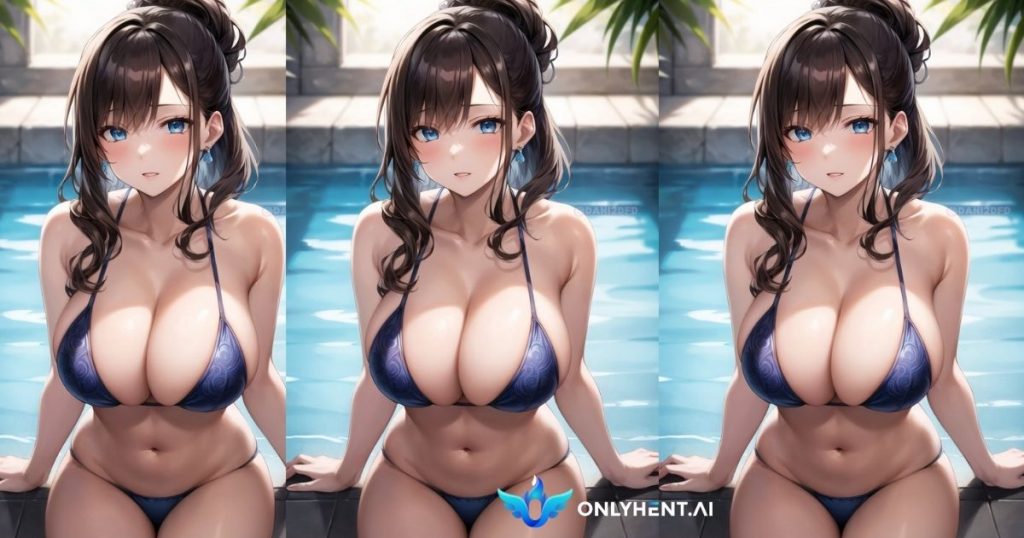
Combining Noir with Other Styles and Genres
In the realm of Noir Stable Diffusion prompts, creativity knows no bounds. Advanced users often explore the art of fusion, blending the classic noir aesthetic with other styles and genres to create unique and intriguing visuals. This approach allows for the creation of images that not only embody the essence of noir but also introduce fresh and unexpected elements.
By combining noir with elements of science fiction, users can craft prompts that transport viewers to dystopian futures filled with intrigue and uncertainty. For example, a prompt like “a cyber-noir cityscape with neon-lit streets” merges the moody ambiance of noir with the futuristic allure of cyberpunk.
Experimenting with Abstract and Surreal Elements in Noir Prompts
Noir Stable Diffusion prompts provide a canvas for experimentation, and some creators push the boundaries by infusing abstract and surreal elements into their noir-themed imagery. These prompts encourage the model to generate visuals that challenge conventional perceptions and create thought-provoking art.
For instance, a prompt like “an abstract noir dreamscape where reality blurs with shadows” encourages the model to explore the realm of the subconscious, resulting in imagery that marries the enigmatic nature of noir with surreal dreamscapes. Such experimentation can lead to visually stunning and conceptually rich outcomes.
Pushing the Boundaries of Stable Diffusion with Innovative Prompt Design
As technology evolves, so do the possibilities within the realm of Noir Stable Diffusion prompts. Advanced users continuously push the boundaries of what is achievable with innovative prompt design. This includes exploring unconventional prompt structures, integrating external data sources, or leveraging AI-assisted tools to enhance the creative process.
Innovative prompt design can involve the use of alternative text inputs, such as poetry, lyrics, or even data-driven prompts that incorporate real-world statistics or events. By thinking beyond traditional prompt structures, artists can tap into the full potential of Stable Diffusion, creating noir-themed images that challenge conventions and redefine the boundaries of AI-driven artistry.
Conclusion
In conclusion, mastering Noir Stable Diffusion prompts is a gateway to unlocking the rich tapestry of noir aesthetics in AI-driven art. We’ve explored the fundamentals of crafting effective prompts, the significance of color and lighting, and the art of storytelling through imagery. Encouraging experimentation and creativity with noir prompts in Stable Diffusion is paramount. By balancing specificity and innovation, artists can breathe life into noir-themed visuals that captivate and intrigue. As the landscape of AI-driven art continues to evolve, the future of noir remains bright, offering endless possibilities for creators to craft enigmatic and evocative narratives through the lens of Stable Diffusion.
Check detailed information on hentai series.
- Basics of Stable Diffusion
- Crafting Effective Noir Prompts
- Color and Lighting in Noir Imagery
-
Storytelling Through Noir Imagery
- Incorporating Narrative Elements in Noir Prompts
- Using Imagery to Convey Mystery, Suspense, and Drama
- Advanced Techniques and Experimentation
- Combining Noir with Other Styles and Genres
- Experimenting with Abstract and Surreal Elements in Noir Prompts
- Pushing the Boundaries of Stable Diffusion with Innovative Prompt Design
- Conclusion



